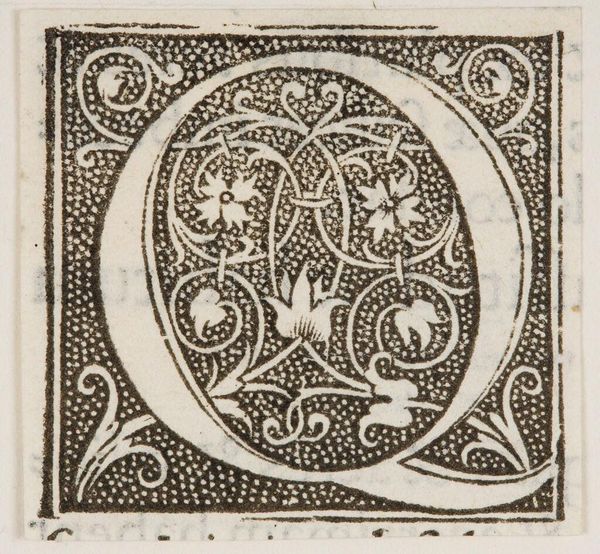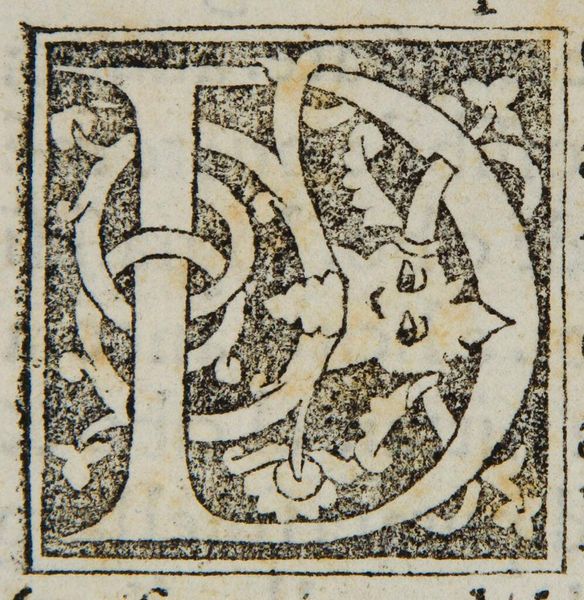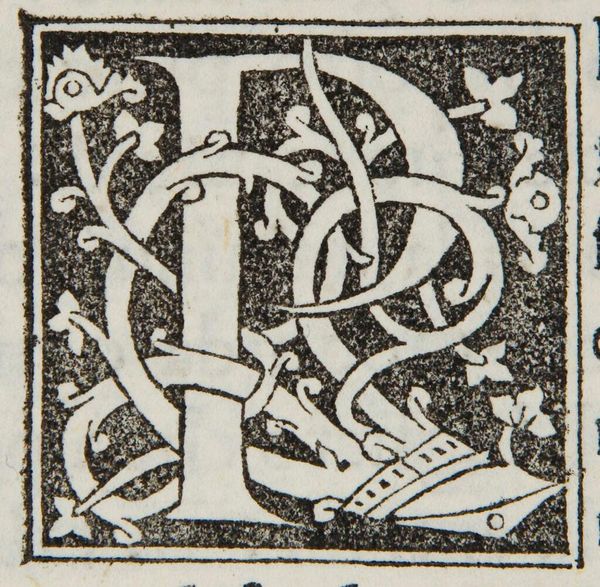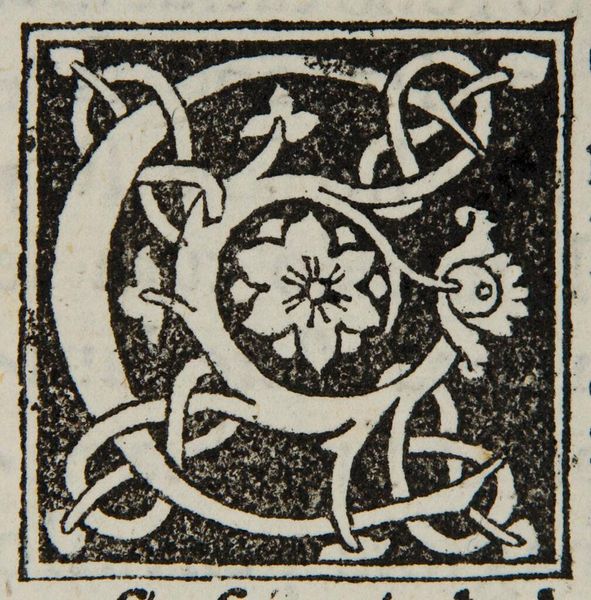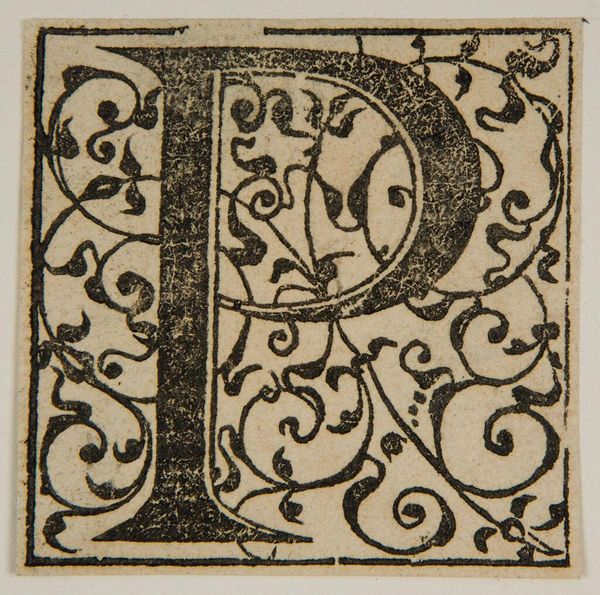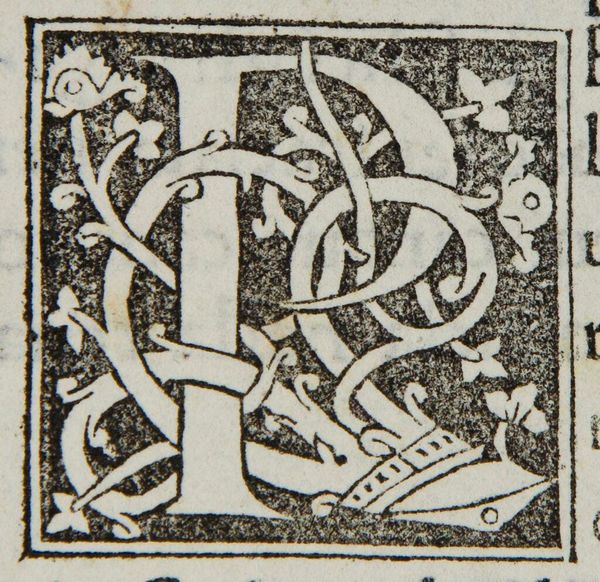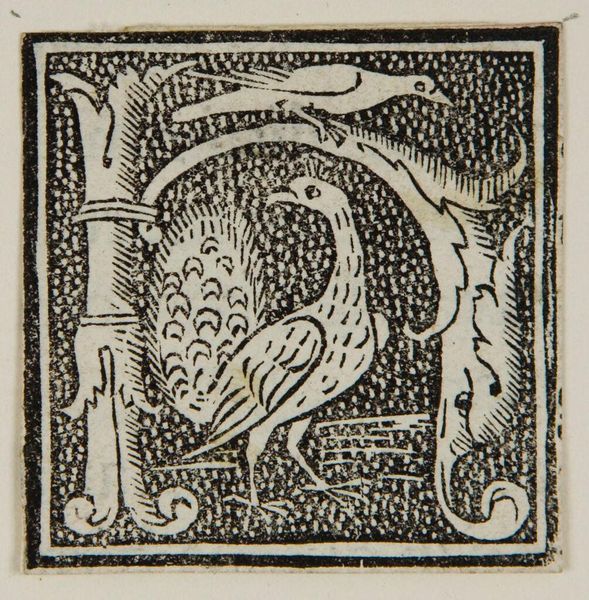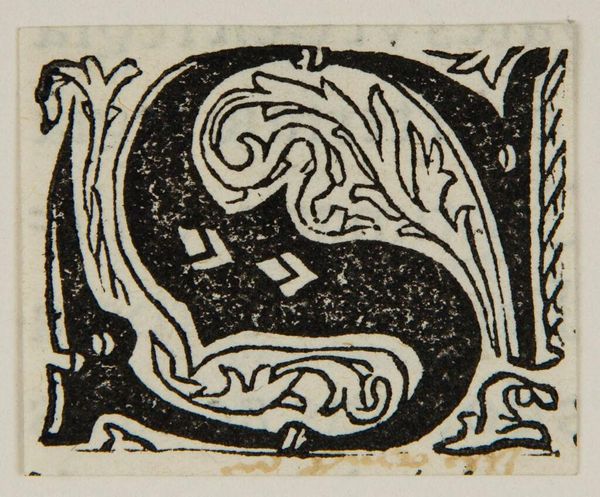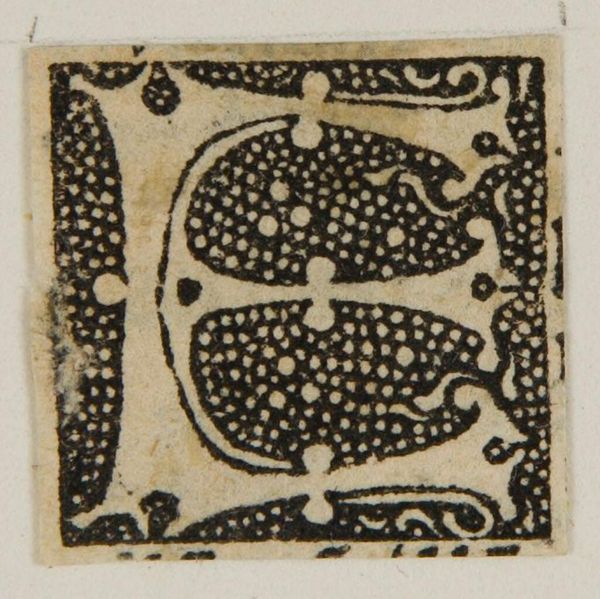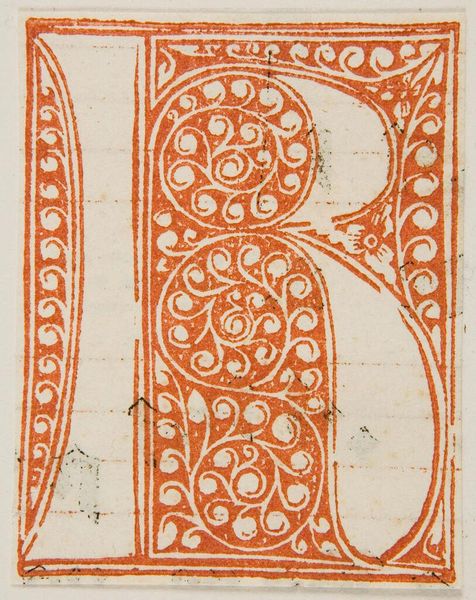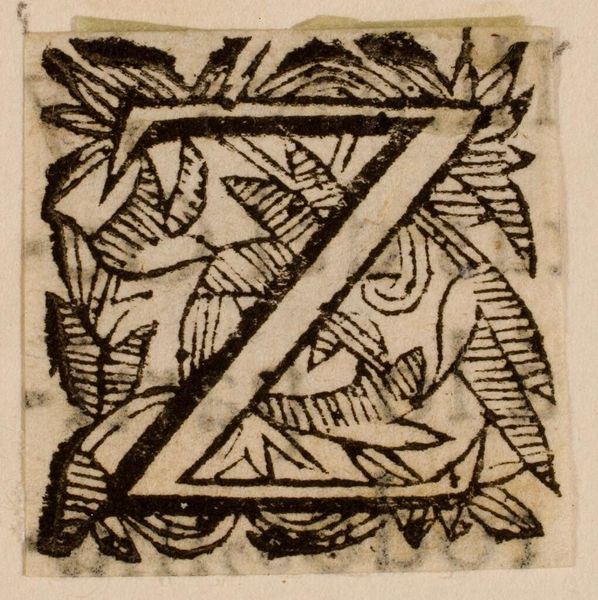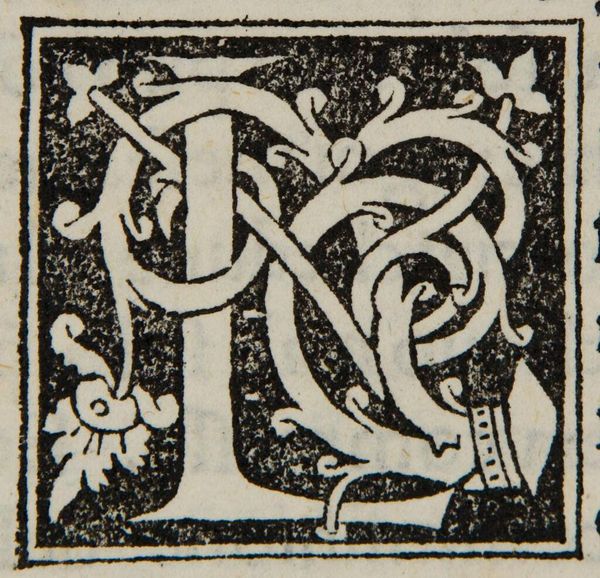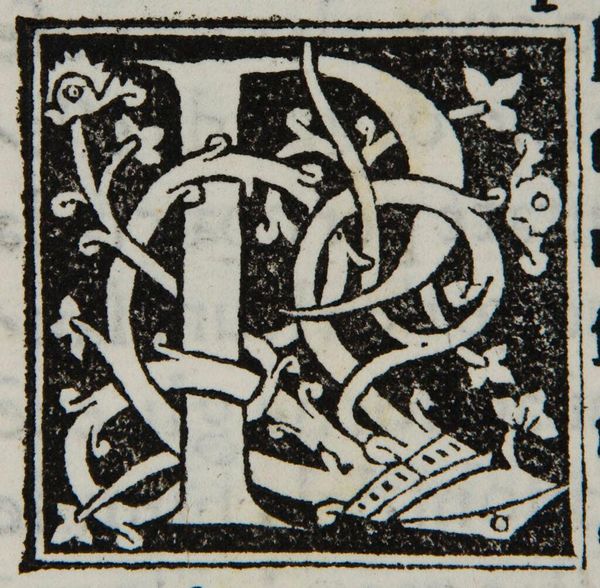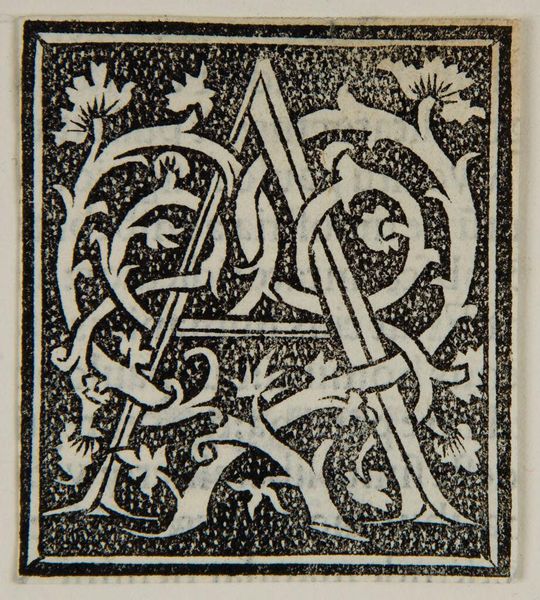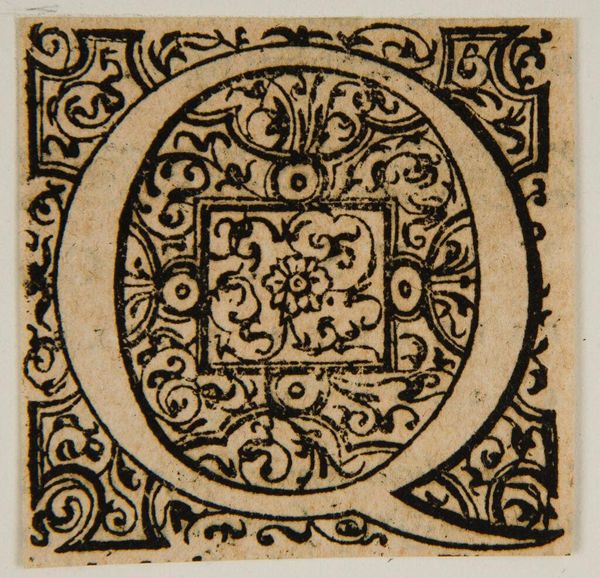
Copyright: Public Domain: Artvee
Curator: Paul Klee crafted this poignant piece, "Stricken City," back in 1936, using tempera and mixed media. Editor: The name immediately calls to mind something quite dismal, and yet there’s an undeniable lightness to it. I'm getting the vibe of looking at ancient ruins, maybe, like Pompeii after the volcanic eruption, but through the gauze of memory. Curator: Interesting that you should say that. Klee produced this work during a period of rising political tensions in Europe. It’s hard not to see this composition—these clustered, fractured geometric forms—as a commentary on societal breakdown. There is a very direct link to be drawn here, thinking about class, privilege, race and socio-economical statuses within places facing periods of rapid destruction. Editor: Destruction. Yes, it is there. And perhaps also resilience? Note the persistence of the circle near the bottom: broken, pieced back together... there is something very organic within such rigidity. I mean, these are rudimentary shapes, squares and triangles, and a spiraling line that suggests… a reaching vine, a tenacious life force despite the fracturing? I can't help but feel a certain empathy woven into these layered hues. Curator: Empathy is crucial here. Klee, through his work and his teachings at the Bauhaus, always emphasized the artist's role as a conduit, processing and reflecting the world around them. "Stricken City" encapsulates his unique visual language; he manages to depict chaos, while alluding to systems and order as both sources of harmony and places for breakdown. Editor: So true! It's all about holding that tension. That's what art can be about, maybe even *should* be about. Finding the place where the bleak and beautiful shake hands. It's there, a tiny little world held together by pigment, right here in front of us. It is also important to me as a human, I like the idea of leaving the space seeing there can be light and darkness at the same time. Curator: I find the value in this work lies precisely in that interplay. It's a complex visual statement about the state of the world in the years leading up to WWII, but with so much beauty held within. I have hope that audiences also depart from this space knowing that hope is necessary during all conditions. Editor: Necessary! That about sums it up! Thanks.
Comments
No comments
Be the first to comment and join the conversation on the ultimate creative platform.
